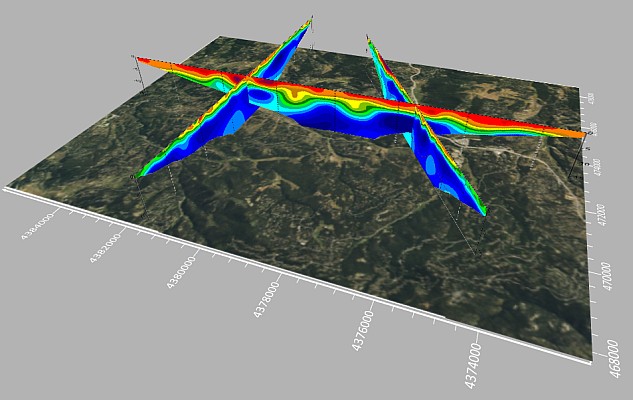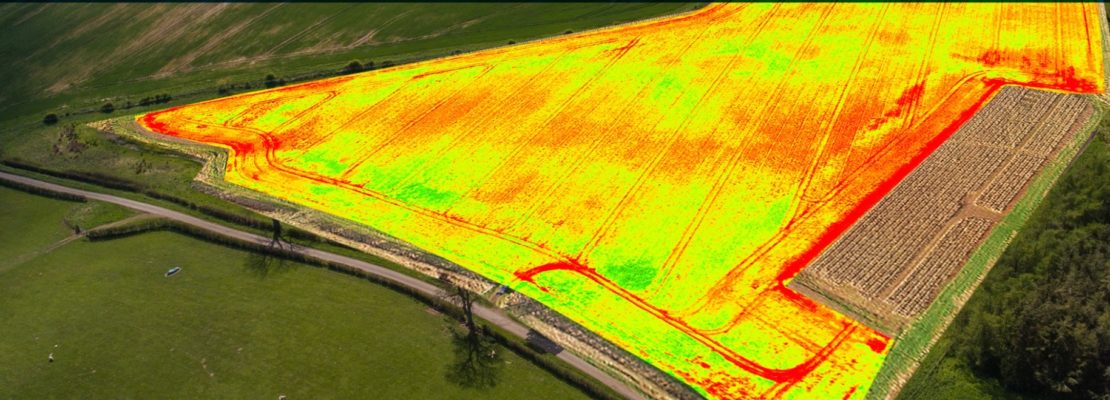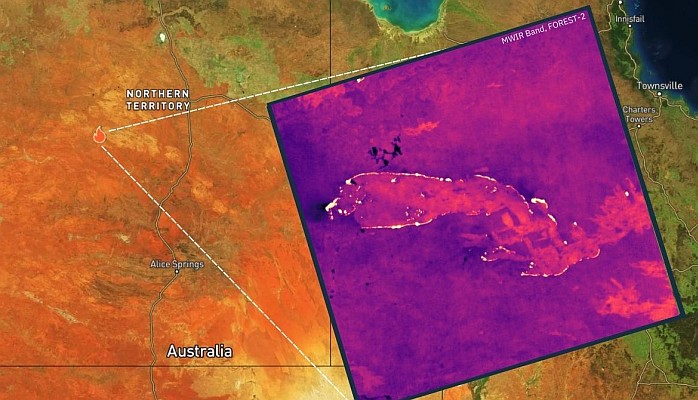Intergraph proudly announces the release of GeoMedia 3D 6.1.1, providing a better way for organizations to exploit the precision and power of their geospatial data. 3D visualization provides the realistic view to facilitate smarter, more confident decision-making and enhanced visual communication.
GeoMedia 3D is an add-on seamlessly connected to GeoMedia, enabling users to represent existing geospatial datasets in three dimensions through a new 3D map window. By fusing multiple data sources together into a single georeferenced 3D view, users can better utilize this data for enhanced decision support and improved communications – ultimately making the data more relevant and actionable.
Users can also leverage the recently announced Live Link capability, connecting the GeoMedia 3D map window to Erdas Imagine. This enhances the 3D view with Erdas Imagine’s rich raster capabilities to support synchronized data sharing, viewing, editing, updating and analysis. Users can leverage these products together, integrating accurately processed imagery and terrain data from Erdas Imagine. Within Erdas Imagine, users have access to a sophisticated set of assisted feature collection capabilities and quantitative image processing that supports change detections and the extraction of details about the earth.
“Many vertical segments are now embracing 3D geospatial solutions to provide a holistic, dynamic view,” said Mladen Stojic, Vice President – Geospatial, Intergraph Corporation. “Organizations can accurately visualize, navigate, analyze and interact with 3D data natively in GeoMedia, driving more informed and timely decisions.”
GeoMedia 3D provides increased performance and scalability. In addition, users will experience enhanced memory management with new 3D visibility control for the 3D map window. This release also provides the ability to extrude features based on elevation or selected attributes, providing a rich set of options for graphical depiction of feature characteristics or data trends. With GeoMedia 3D 6.1.1, users can also import capabilities for pre-built city models such as CityGML and Google files for incorporating other readily available 3D models into projects.







